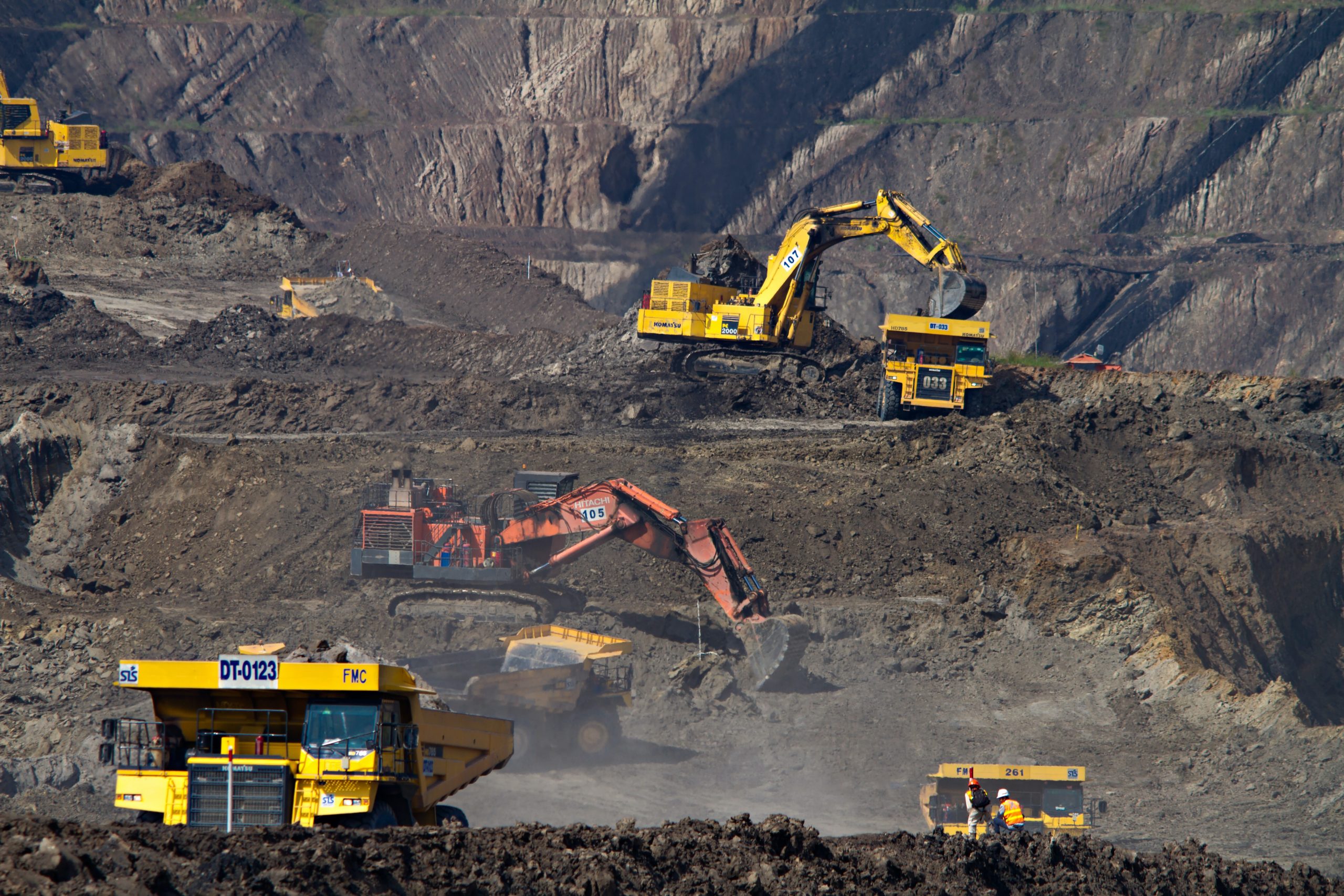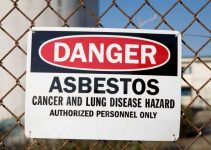History of Asbestos in the Ancient World
In this post, we go through the history of asbestos from the ancient world to modern times.
In the beginning, historians trace back asbestos at least 4,500 years ago and is still being used today.
Although it wasn't until the more modern ages that it was found out to be dangerous for people's health.
Now, let's dive into the history of asbestos, its evolution, and regulations.
2400 B.C. History of Asbestos
Theophrastus was the successor to Aristotle. At around 300 B.C, in Theophrastus, On Stones, there is a reference to a material that can be linked to asbestos.

4000 B.C. History of Asbestos
Asbestos is a natural mineral that can be found all around the globe. It exists in all contingent around the world.
There have been several findings by archeologists of asbestos fibers that dated back to the Stone Age.
750,000 years ago, it was believed that asbestos was used to make wicks in lamps and candles. This is due to its long fibrous hair that can make the wicks burn for a long period of time.
Another piece of evidence of the history of asbestos is the cloth used to wrap Egyptian pharaohs.
In the other part of the world, Finland men and women used asbestos fibers to make clay pots. This dates back to 2500 B.C.
Related: Mesothelioma and Lung Cancer

First Century A.D. History of Asbestos
Ancient Roman scholars have chronicled and wrote that slaves who mine and worked with asbestos became ill.
These illnesses were a mystery. The causes were unclear back then.
It was only during the more modern times that scientists were able to link asbestos to lung cancer.
What is the History of Asbestos in Modern Times?
Dr. Hubert Montague Murray, a doctor at the Charing Cross Hospital in London documented a lung disease in the 1900s. An asbestos fabric worker contracted this lung disease.
After the demise of the worker, the body autopsy proved the existence of asbestos fibers in his lungs.
Then, it was not until the 1960s, that evidence continued to emerge. This evidence indicated that asbestos damaged the lungs of those exposed to it. More and more cases showed lung cancer and deaths due to exposure to asbestos. Doctors found asbestos fibers in the patients' lungs.
Commercialization of Asbestos
The use of asbestos and its commercialization began to boom in the late 1800s. In addition, this was during the start of the Industrial Revolution.
During this time, asbestos became widespread.
As its use exploded during the Industrial Revolution, so did its dangerous health effects. This was especially true for those who worked in mining, construction, and manufacturing.

Asbestos Mining Around the Globe
Scientists found Crocidolite or blue asbestos in Africa in the early 1900s.
Due to these discoveries, Canadians began creating commercial asbestos mines. Along with Russia, Canada joined in to excavate asbestos. It became a widespread business.

Asbestos Production Increases
Miners manually mined asbestos. Additionally, miners would manually chip away rocks to extract the asbestos fibers. This made the work even more dangerous to their health.
However, by the early 1900s, asbestos production continued to grow and became a more mechanized process. Women and children also joined the workforce. They spun raw fibers of asbestos as the men mined for the fibers.
Asbestos Regulatory History
As more and more evidence of lung cancer came to light, the USA began to regulate the use of asbestos in the 1970s. Additionally, scientists found more and more evidence of the dangers of asbestos. Therefore, protocols and regulations became much stricter.

What are some asbestos-related illnesses?
Asbestos is a dangerous mineral that can harm the lungs. Exposure to it causes mesothelioma and other forms of lung diseases.
Related: How to Prevent Mesothelioma
In Summary
The history of asbestos dates back to the stone age. But more and more evidence shows the dangers of its effects.



